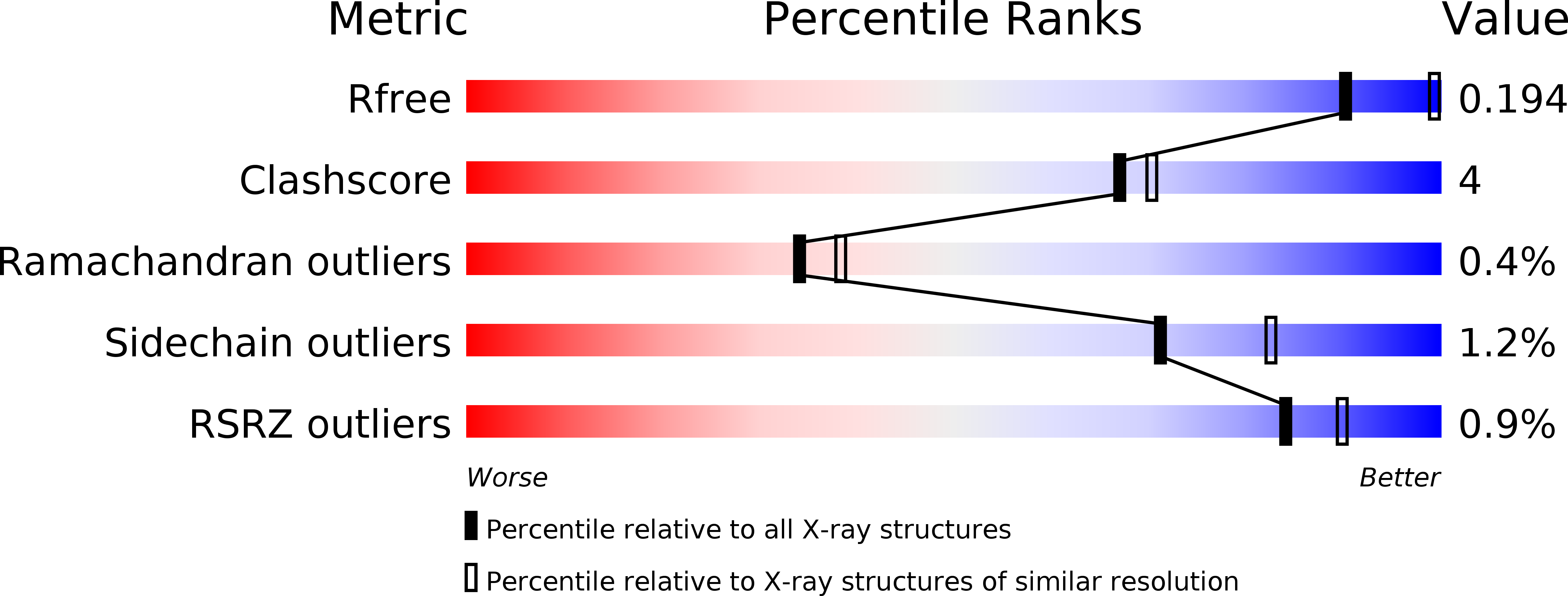
Deposition Date
2012-03-23
Release Date
2013-03-27
Last Version Date
2024-03-20
Entry Detail
PDB ID:
4EAY
Keywords:
Title:
Crystal structures of mannonate dehydratase from Escherichia coli strain K12 complexed with D-mannonate
Biological Source:
Source Organism:
Escherichia coli (Taxon ID: 83333)
Host Organism:
Method Details:
Experimental Method:
Resolution:
2.35 Å
R-Value Free:
0.23
R-Value Work:
0.18
R-Value Observed:
0.19
Space Group:
P 21 21 2


